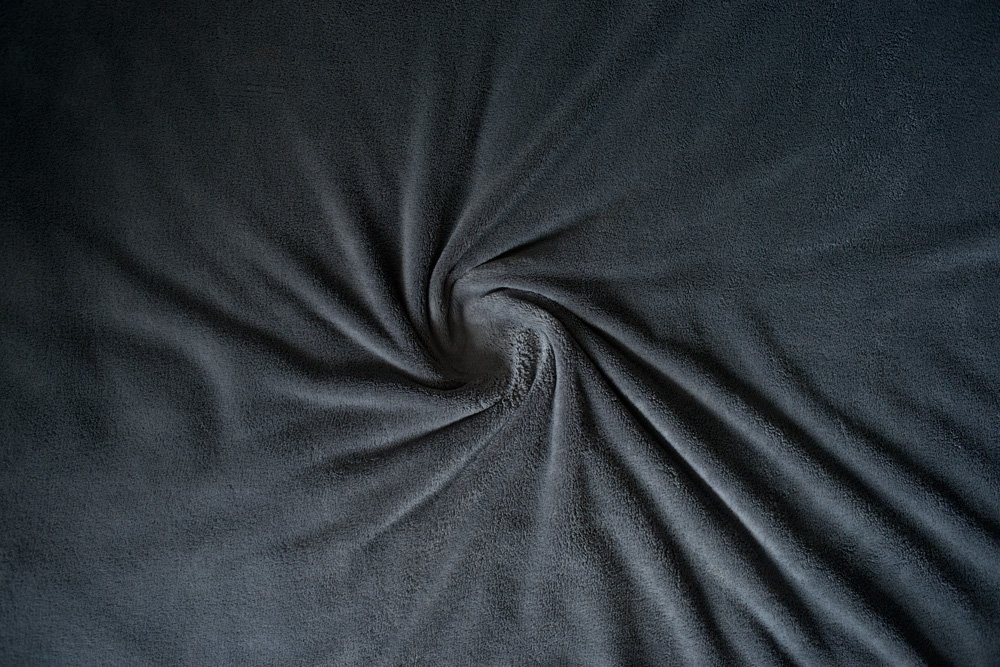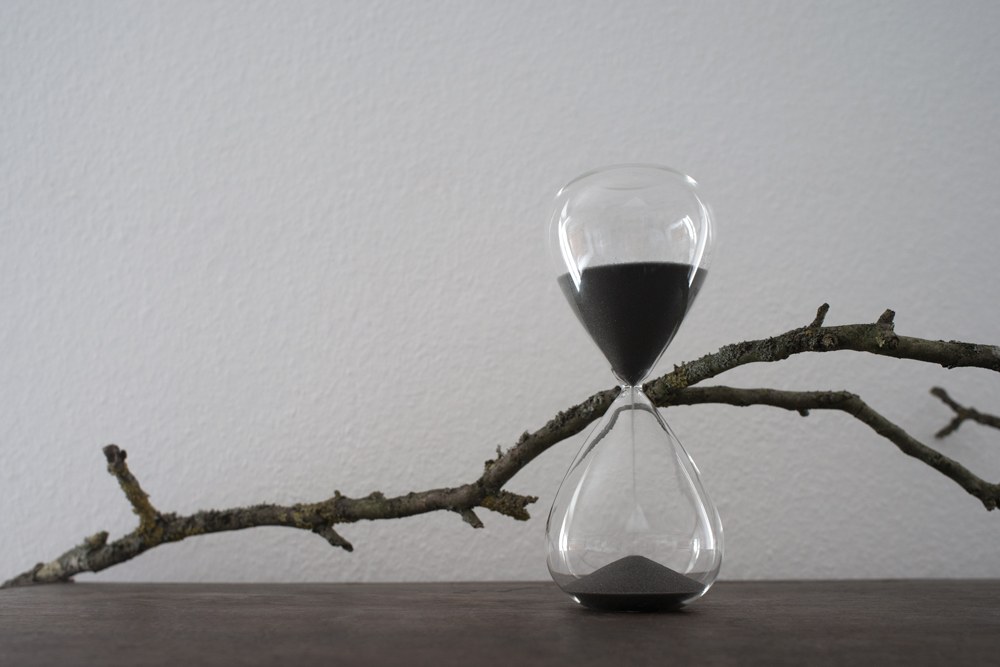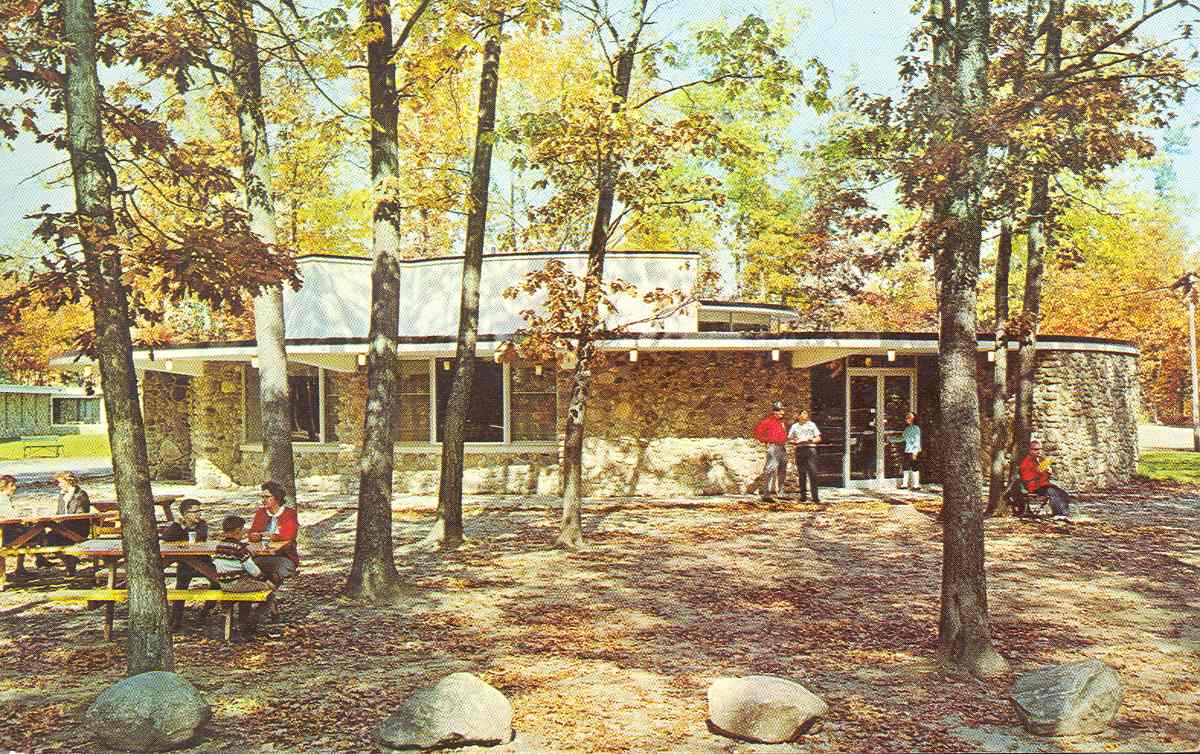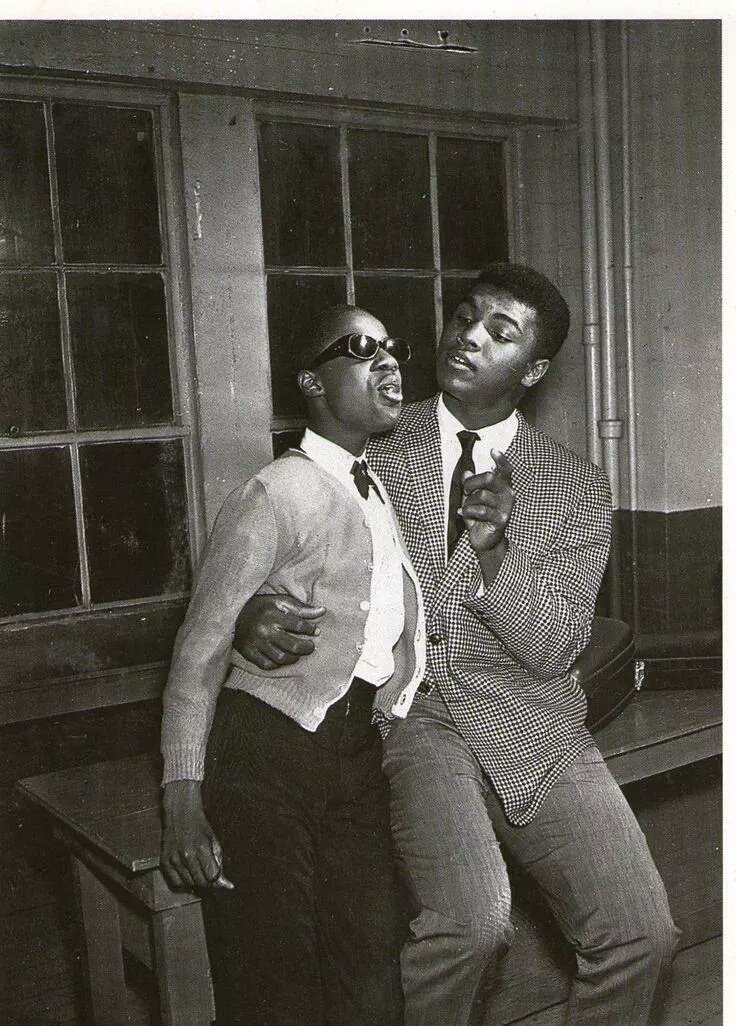“There are four questions of value in life: What is sacred? Of what is the spirit made? What is worth living for and what is worth dying for? The answer to each is the same. Only love.” Lord Byron
“Rules are not necessarily sacred, principles are.” Franklin D. Roosevelt
“Your sacred space is where you can find yourself again and again.” Joseph Campbell
“Advocates of capitalism are very apt to appeal to the sacred principles of liberty, which are embodied in one maxim: The fortunate must not be restrained in the exercise of tyranny over the unfortunate.” Bertrand Russell
George Gurdjieff’s goal was to find synergies between the wisdom of the East and the energy of the West. My sense is that we place too much value on Western energies and not enough on Eastern wisdom. And we spend way too much time focusing on what’s not sacred instead of what is – on rules instead of principles, on conquering instead of collaborating, on the external race instead of our internal space, on what’s material instead of what’s meaningful.
In this post, I will share four Eastern wisdom practices that have been used for thousands of years to guide our spiritual journey: Mandalas, Mantras, Massages and Mudras. I will then share some thoughts about how these jewels of Eastern wisdom might power our Western energies. Hopefully, these four sacred practices will help you answer the four questions in the first quote introducing this post and live more meaningfully in a secular world.
Mandalas create a sacred space. A mandala is a geometric configuration of symbols. In the Eastern religions of Hinduism, Buddhism, Jainism, and Shinto it represents the spiritual journey starting from outside to the inner core, through layers. Eastern practitioners use mandalas for focusing attention and for establishing a sacred space for meditation. For example, a central teaching of Buddhism to focus on impermanence. After weeks of creating an intricate sand mandala, the sand is pushed together into a pile and spilled into running water to spread the blessings of the mandala. The focus is more on the artful experience vs. the accomplished product.
Mudras are sacred gestures. These gestures can be hand positions that are used to evoke different states in the mind and body. Each gesture has a specific meaning. The most well-known mudra is pressing the palms of both hands together in what Western traditions would consider praying hands. It is commonly used to symbolize devotion, prayer, admiration and unity. It is a form of greeting in many Asian countries. For me, it’s a gesture to say, “I salute the best in you. I acknowledge and appreciate you as a uniquely divine cosmic messenger.” The “salute” is often accompanied by saying Namaste – a respectful greeting honoring a person at any time of the day. Namaste is usually spoken with a slight bow and hands pressed together, fingers pointing upward, and thumbs close to the chest. I often use this mudra gesture to honor the people I care about.
Mantras are sacred sounds. Some mantras have a literal meaning, while others do not. The earliest mantras were composed in Vedic Sanskrit in India. The simple word of Om often serves as a mantra. It is believed to be the first sound originated on earth. The Om sound can create a reverberation in the body which calms the mind. In more sophisticated forms, mantras can be melodic phrases that are musically uplifting and spiritually meaningful. Mantras are often deeply personal. Historians believe that mantras may have begun before 1000 BCE. I often use the Om mantra to calm my mind and body.
Massage is a sacred system of natural healing. Massage therapy originated in China and India almost 5,000 years ago. Hindus used massage as a “healthy life” medicine. Massage is a practice passed down through generations to relieve pain and prevent illness. Massage practitioners believe that illness is caused when people are out of sync with the environment. Many people, myself included, believe massage restores the body’s balance so that it can heal naturally. I’ve been getting massages for over 50 years starting in Vietnam. I love the caring touch during massage and the relaxed feeling after massage.
I share these sacred practices of Eastern traditions to provide different examples of how ancient, Eastern cultures cultivated sacred moments and facilitated spiritual journeys – and to offer a contrast to the behaviors and practices we see under Western capitalism. Full disclosure. I was born and raised in a capitalist society and have been a willing participant in capitalistic pursuits. I like cars, I like clothes, I own stock, and I make money by dealing with organizations deeply steeped in capitalistic values. While I agree with Bertrand Russell that advocates of capitalism appeal to the sacred principle of liberty, but typically embody the maxim: “The fortunate must not be restrained in the exercise of tyranny over the unfortunate;” I have to own the fact that I’m part of the system.
The questions for me are: How do we in the West live in a capitalistic society without losing touch with the sacred? How do we answer the questions: What is sacred? Of what is the spirit made? What is worth living for and what is worth dying for? How do we manifest love in a materialistic milieu? How do we live in this world without letting our spirits and souls be stained by it.
I believe these 4Ms of Eastern wisdom give us hints on how we might answer those questions for ourselves. Create a mandala. Coming to grips with the impermanence of life puts us in an entirely different frame of mind. Adopt a mudra. Offering genuine gestures of appreciation and greeting people with warm acceptance may also set a more civil tone for dialogue. Create a personal mantra. Om works for me as a mantra, but even listening to the sounds of Nature can put us in a more spiritual space. For example, I love listening to the sound of waves lapping up on the shore, of the wind blowing through the trees and of water streaming down a river. I also love the sound of children laughing – particularly when those sounds are coming from my grandchildren. Get an occasional massage – it may help you get in sync with what’s most important.
We are constantly reminded in this gun culture how much hate there is in the world. Perhaps it’s possible to remind ourselves each day how much love we have in our lives. I give thanks every day for the love of my wife, my daughters, my grandchildren and my friends. Remembering how lucky I am to have experienced and to continue to experience loving kindness makes each day go a little better.
I often find myself reacting to whatever rules are imposed on me. Some may accuse me of having a little oppositional defiance disorder in my genes, but I prefer to see it as having a passion for freedom. Not the freedom to exploit others, but the freedom to express myself without fear of retribution. Perhaps if we focused more on principles than rules, as Roosevelt suggested, the world would be a better place.
It seems like most of us, myself included, are in a mad rush to visit all the exotic places in the world. Again, I’m guilty as charged. Not only have I been lucky enough to travel the globe, but I also continue to travel. Hopefully, I’m not as obsessed with my next travel adventure as I used to be, and I’m more focused on feeling at home in my internal space.
You may find other ways of coping with the Western world in which we live. Hopefully, the 4Ms from the East discussed in this post will trigger some ideas. I would love to hear what they are. In the meantime, I’m hoping we can experience more love in our lives, we can follow the principles that guide our lives, and we can find comfort in our internal spaces – our home in the universe . . . . . again and again. May it be so.
Also published on Medium.



